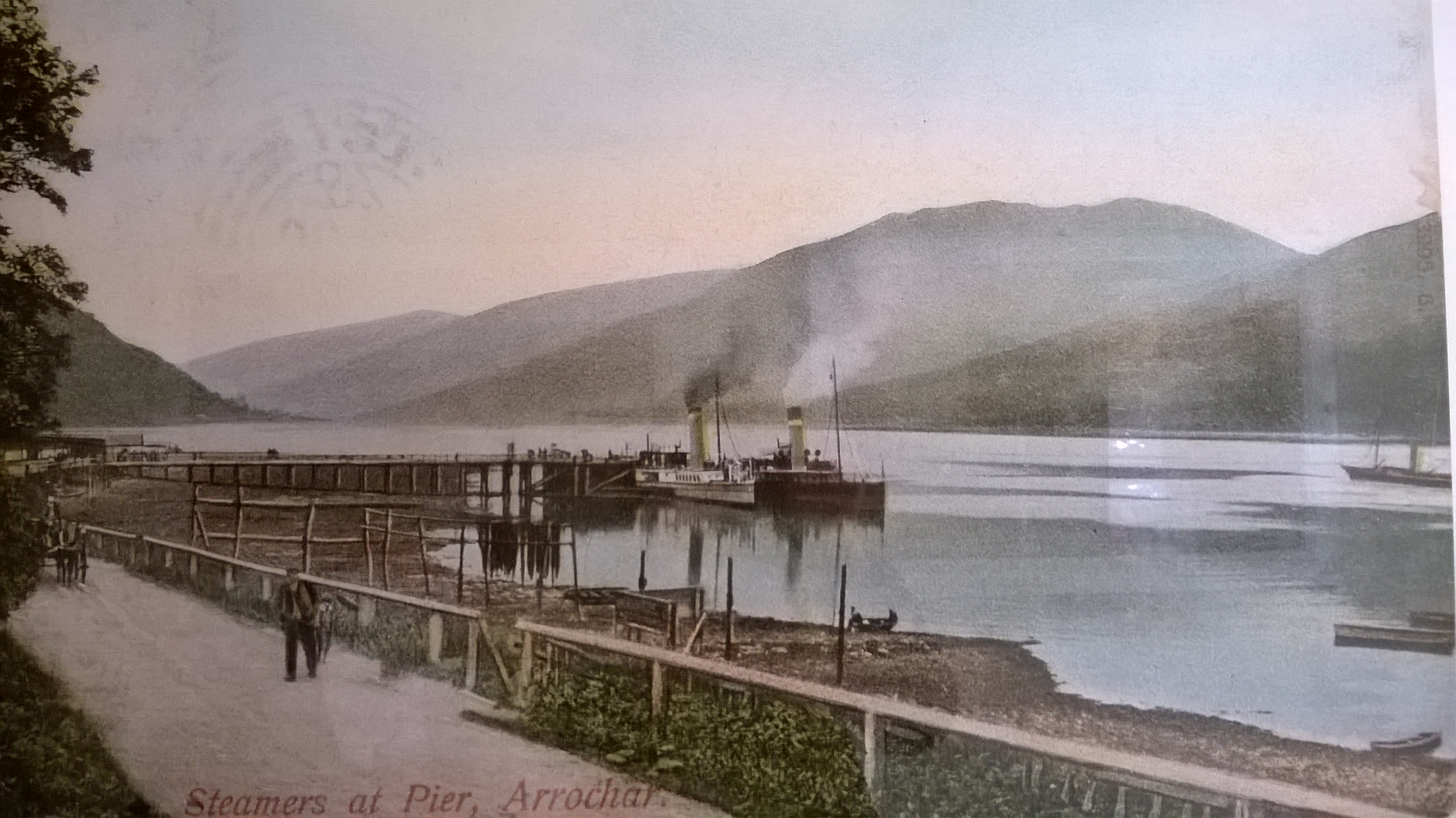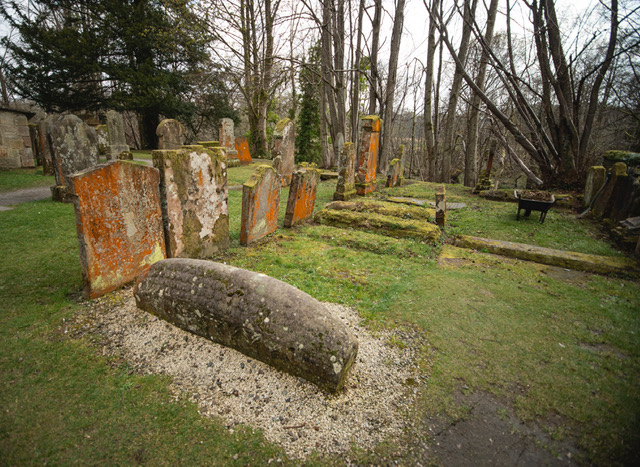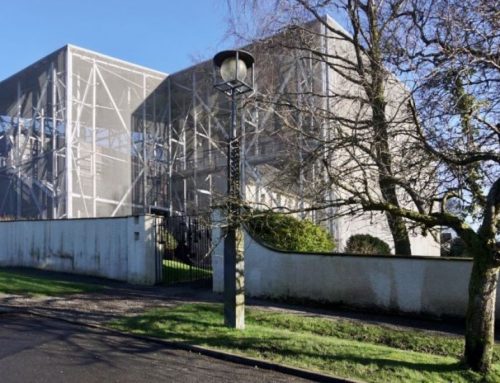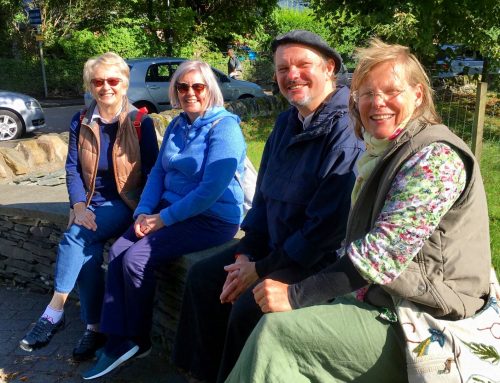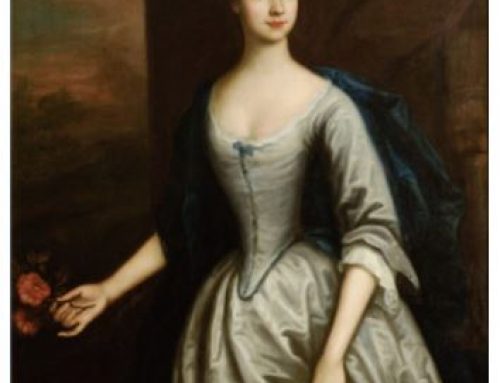Did you know Vikings invaded Luss?
In 1263 Haco, King of Norway decided to invade Loch Lomond, against the King of Scotland. As a result, he sailed from Bergen and arrived in the River Clyde. After the talks failed, Haco sent Magnus, King of Mann, with a group of ships into Loch Long. Also, did you know Vikings invaded the area near Loch Long, including the small fort of Danish origin near Knockderry House Hotel https://www.knockderryhouse.co.uk/ on the Roseneath peninsular?
Vikings on Loch Lomond
In this case, they sailed to Arrochar. Later, they carried the smaller boats between Loch Long and Loch Lomond at Tarbet, which means “passage of the boats”. As a result, Vikings invaded the lands on the west side of Loch Lomond to dirt and villages to ruins. The Norsemen returned to Arrochar with their plunder, but a hurricane blew their boats to wrecks. Consequently, because of the diminished sea vessels. King Haco was defeated at Largs and forced to return to Norway with no hopes of a stronghold in Scotland. Did you know the Vikings invaded Loch Lomond but only settled for a short time. The Luss Viking grave proves that a Viking did stay behind.
When did the Romans arrive?
Accordingly, the Romans arrived in Scotland in AD 79. It was the Romans who gave our country the name Caledonia (the land north of their province of Britannia). Furthermore, the Scots, or Scotti, came from Ireland to settle in Galloway, and then to establish their Kingdom of Dalriada in Argyll.
The commander of the forces, Julius Agricola got as far as Perth. Agricola accepted failure when his crack Ninth Legion went out to suppress the local tribes and was never seen again. The tribes in our area of Argyll were later designated the Picts, Scots and Attacotti.
The Attacotti tribe’s area of influence was from Loch Fyne in the west across to Loch Lomond in the east and to the Antonine wall in the south. They indulged in atrocities like eating body parts of their enemies for their gruesome meal.
By AD 83 the Romans built a series of forts from the Clyde to the Forth, at that time there was no wall. By AD 117 the tribes made many excursions into Roman territory and the Romans had to retreat to Hadrian’s Wall. In AD 137 Roman Governor Urbicus returned and created a wall across Scotland from Old Kilpatrick to the Firth of Forth, linking a line of Roman forts. He named it Antonine wall, after Antonine Pius a senior Roman senator.
The wall ended at the fort at Old Kilpatrick, although further forts at Dunglas and Dumbarton were part of the same defence mechanism. To find out more fascinating facts join one of our tours later this summer. Book Tours through https://www.argyllwalks.co.uk/
Photo credits:
Dumbarton Castle after Joseph Mallord William Turner 1834-6 www.tate.org.uk
Dunglas Castle, Bowling www.scotclans.com
Antonine Wall, archaic wonder


